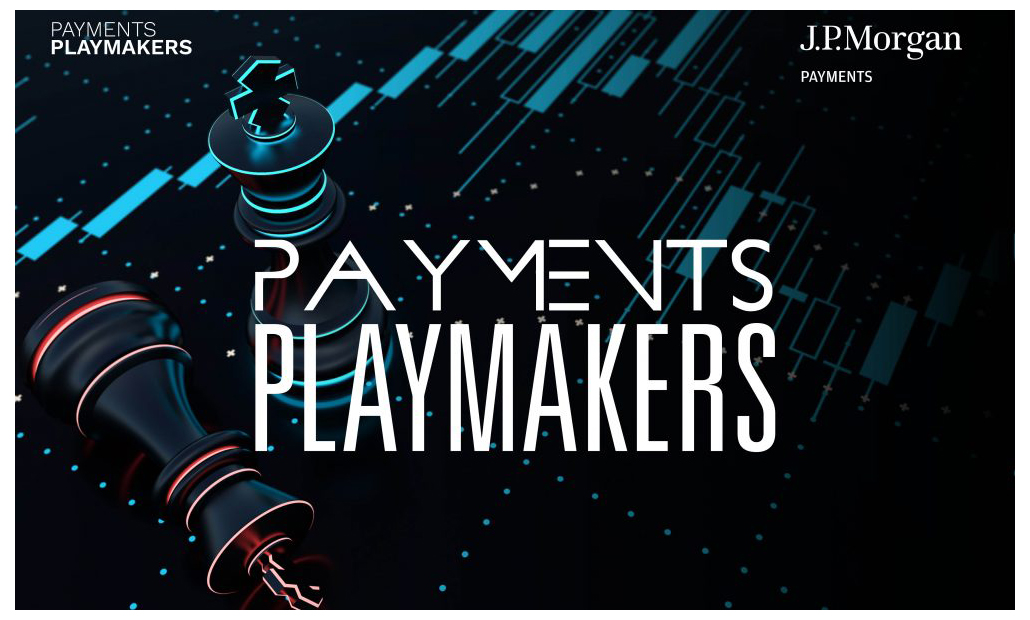How Mondelez Uses Data to Turn Consumers Into Lifelong Customers
Consumer packaged goods (CPG) companies, through their retail partners, sell scores of items every day that are essentials for individuals and households.
In these days of stress and uncertainty, as the holidays loom, it may be no surprise that candy and cookies are top of mind for many consumers — the ultimate in comfort and impulse buying.
For CPG giants such as Mondelez, home of everything from Triscuits to Oreos, the post-pandemic marketplace demands the ability to manage and offer a seamless experience between online channels and the physical world.
As Lucia Li, global advisory for consumer goods and retail at J.P. Morgan Payments, and Abhishek Ahluwalia, global eCommerce director at Mondelez, told Karen Webster, the challenge is especially acute given the fact that CPG firms don’t have direct control over the full end-to-end experience.
Blurring the Lines
A purchase might be initiated and ordered in-store and delivered to the home or perhaps loaded into an online basket that is then picked up in-store, or any combination that might be crafted as consumers become ever more adept at making online and offline transactions. Along the way, there are a plethora of ways customers can engage with the brand, such as pop-up stores, voice-activated ordering methods, promotions, loyalty points. Each of those engagements is an opportunity for brands to eventually transition from selling products into selling platforms.
 As a result, Ahluwalia and Li said, the opportunity is there to transform loyal customers into lifelong fans.
As a result, Ahluwalia and Li said, the opportunity is there to transform loyal customers into lifelong fans.
As Li observed, “There’s a complete blurring of the lines,” adding that as physical and digital conduits come together, CPG firms have a chance to mull “better ways of reaching customers, whether that’s a retailer, big or small, or the end customer, in a way that’s aligned with the ways in which they are already engaged with the brand, while creating new opportunities to engage with the brand, too.”
Shifting the Focus
Getting there, Li said, requires a mindset shift and an engagement within the CPG firm itself between CFOs, finance teams, logistics and marketers.
“A lot of brands,” Li said of the CPG sector, “are familiar with B2B [business to business],” as brands interact with distributors or big retailers. “But as omnichannel opens up, it expands that model from not only B2B but D2C [direct to customer] and to the small mom-and-pop shops that operate so differently from the big-box retailers. The routes to markets have changed.”
Payments and transaction level data can be instrumental in informing the CPG company and its retail partners whether certain marketing or “pop-up” strategies are succeeding or need to be fine-tuned. And that information, she said, helps CPG companies build direct lines to the small business retailers sending products to end customers. This is especially important, as in many focus markets for global CPG brands, small retailers account for a considerable portion of consumer goods sales. For instance, mom-and-pop stores in India, called kiranas, account for 80% of consumer goods sales.
Omnichannel is shaping up as branding’s future because there are more and more opportunities for companies to think differently about products and merchandising and more connection points for them to be present.
Some of the most basic foundations, especially regarding infrastructure, have already been set.
In the midst of, and the wake of, the pandemic, Ahluwalia said, “retailers doubled down to make sure they’d built capability” in their digital channels.
Building the CPG Hot Zones
And, as he told Webster, as consumers buy their cookies and snacks online — or start their journeys online and finish them in-store — they’re building bigger baskets. They’re buying more of their favorite snacks and making incremental purchases once they are in the aisles, too. By way of example, he cited Mondelez’s findings that around 80% of shoppers who “click and collect” add additional purchases to their baskets once they are in the brick-and-mortar location.
As he noted to Webster, deciding to load up on chocolate and candy is largely an impulse buy, “and the challenge is how we can create a virtual ‘hot zone,’” he said, that keeps Mondelez in place as a category champion while driving revenues for the retailers.
First-Party and Zero-Party Data
Data, of course, prods the CPG company and its network of smaller retailers to track and create “category decision tree planning,” where Mondelez can observe how shoppers navigate the commerce journey.
Beyond the transaction level data, Li and Ahluwalia said, first-party data (information collected about consumers) and zero-party data (information provided by the consumers) can help determine where CPG companies should invest their time, technology and marketing budgets to maximize omnichannel’s potential.
No discussion about data — its collection and use — would be complete without a discussion of artificial intelligence (AI).
Ahluwalia said the company has been conducting pilots to see how advanced technologies like generative AI can be used to analyze and help streamline corporate efforts and improve the customer experience.
“Data is the new oil,” Li chimed in, and using it all — first party, zero party, finance and operations information — is critical to crafting new, brand-centric platforms.
Ahluwalia gave examples of Mondelez’s direct-to-consumer efforts designed to craft “playful” experiences for consumers that cement loyalty and bring more sales to retailers.
Oreos, he said, have been featured in online baby gender reveals, recipes floated over social media (with “buy now” capabilities embedded into the page), and movie tie-ins such as “The Super Mario Brothers.”
“We’re giving power back to the consumer to ‘design’ the brand they love the most,” Ahluwalia said.
Limited-time offers, he said, and subscribe-and-save models keep the consumers and shoppers consistently aware of and incentivized to engage with various CPG brands.
“These are the ardent supporters,” Li said, and “we’re seeing leaders turning from the concept of loyalty to the concept of fanship. … It’s not just the repeat purchase, it’s not just the points. It’s the exclusivity and the concept of community. The brands are building ecosystems.”
See more in the Payments Playmakers series:
Adobe and J.P. Morgan Payments: Why Payments in 2023 Is More Like 3D Chess Than Checkers
J.P. Morgan Payments and Sephora Talk Tap-to-Pay and the Endless Aisles of Omnichannel Commerce

